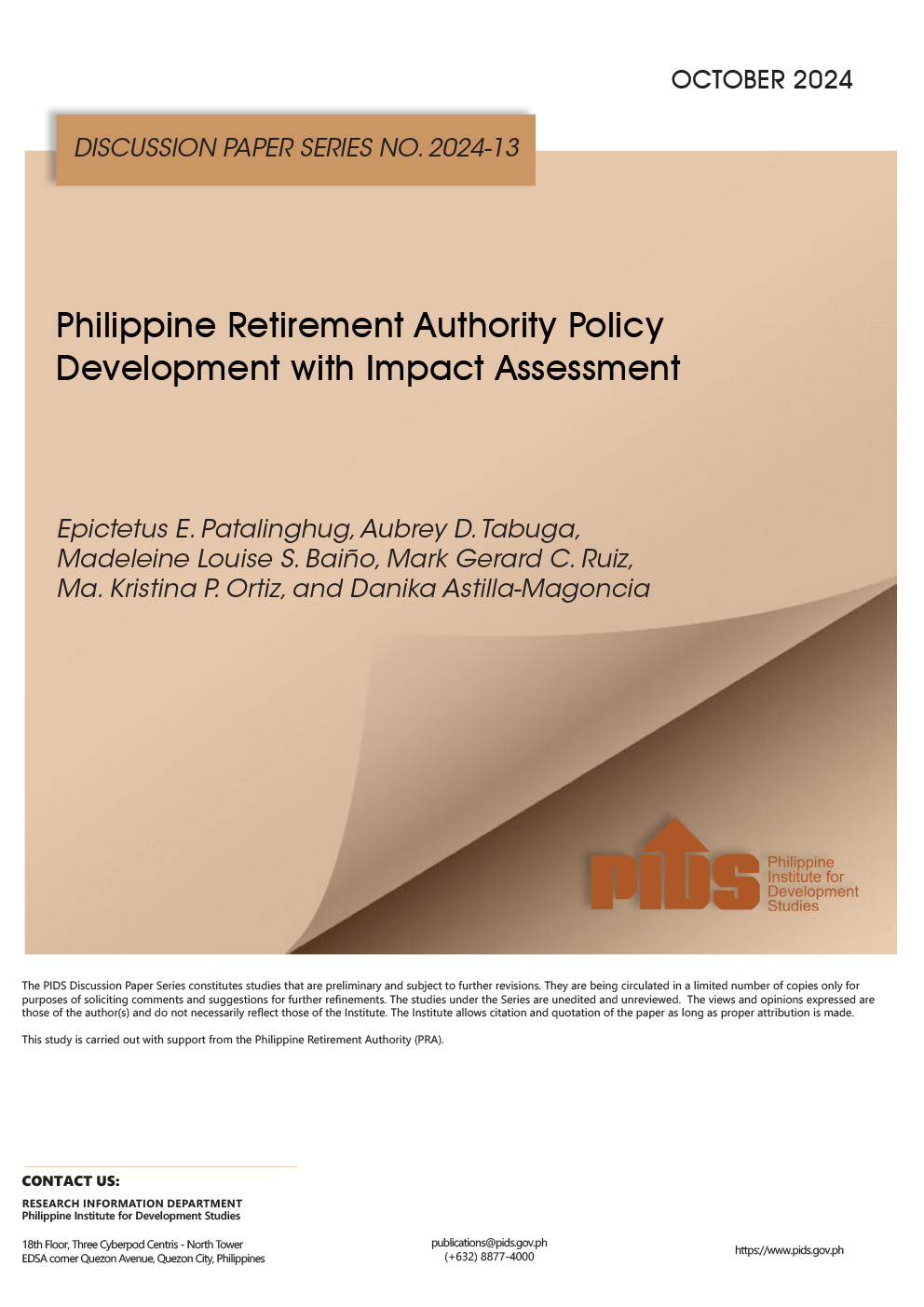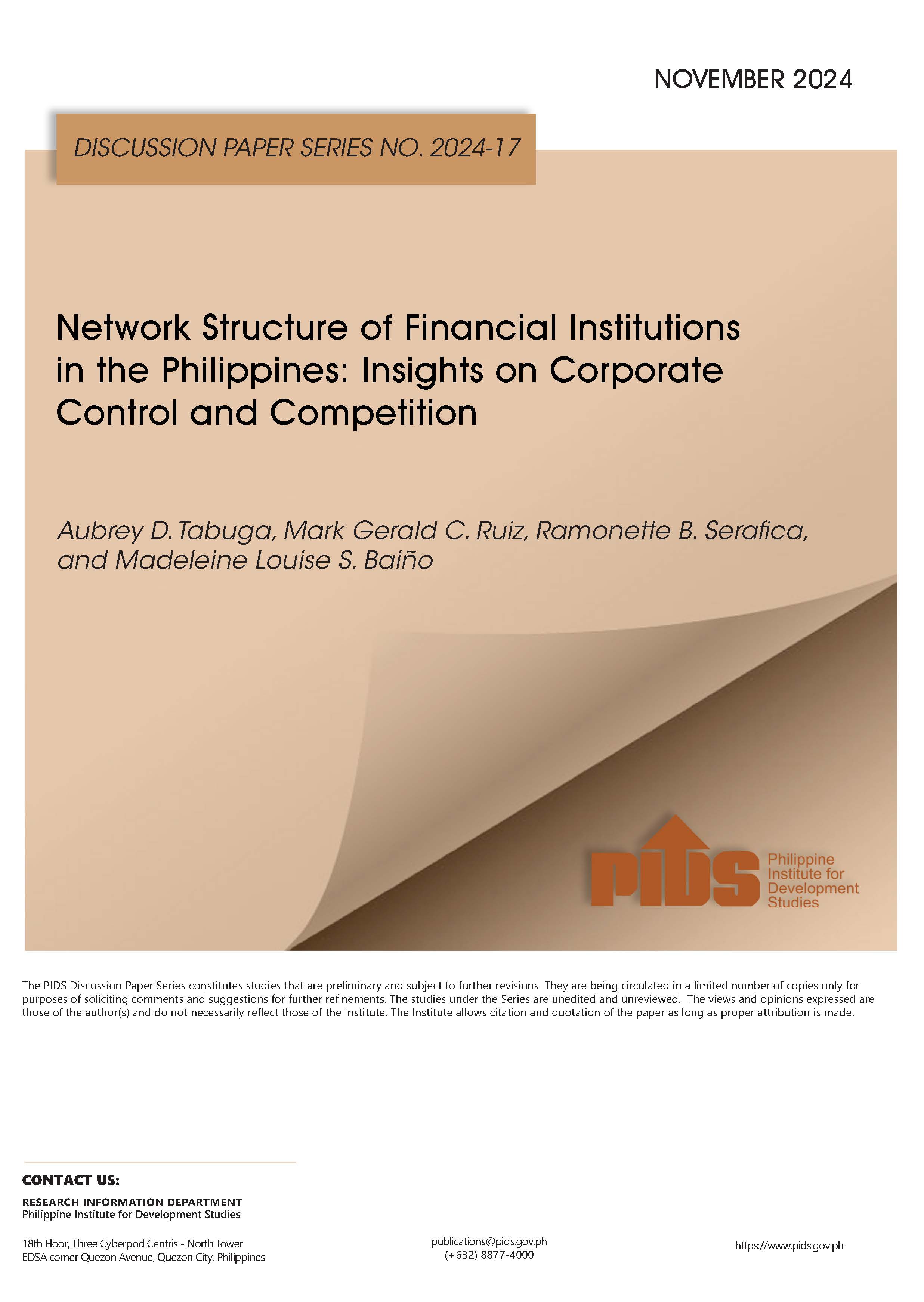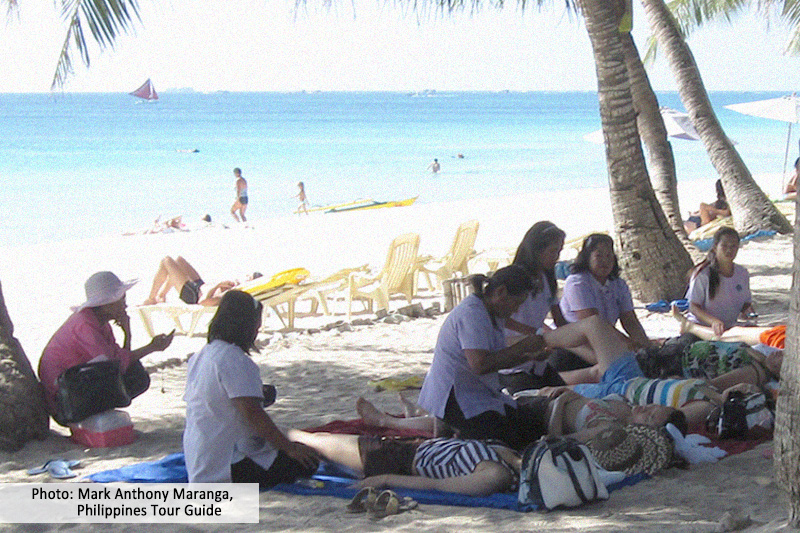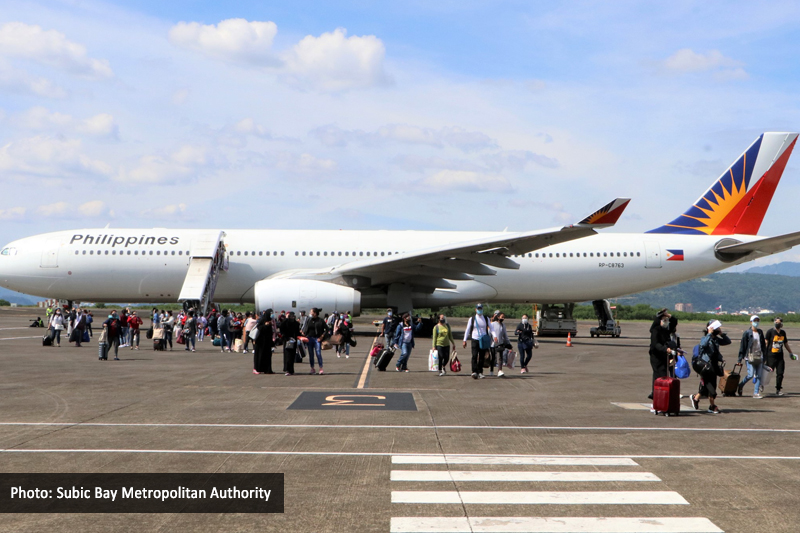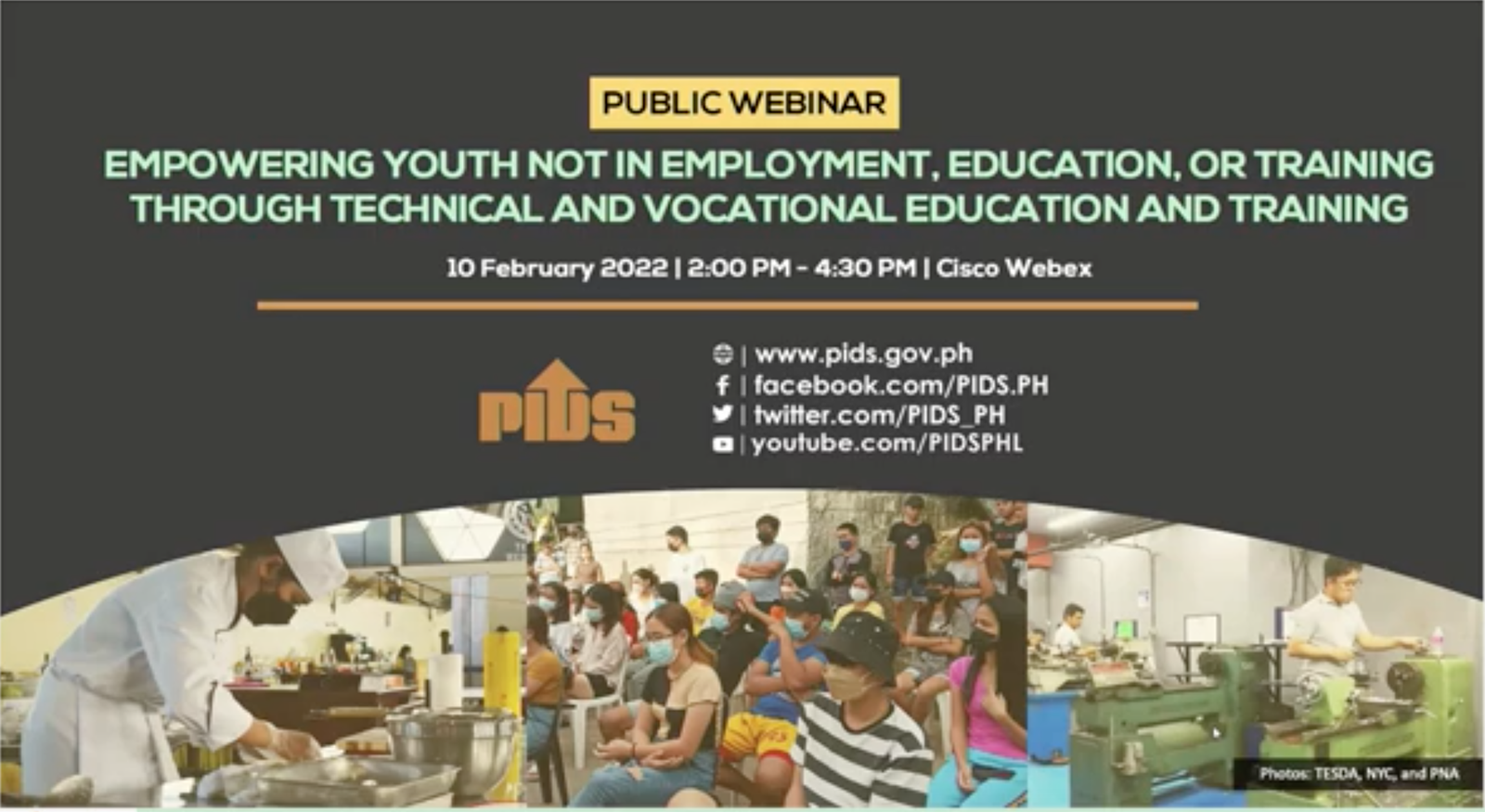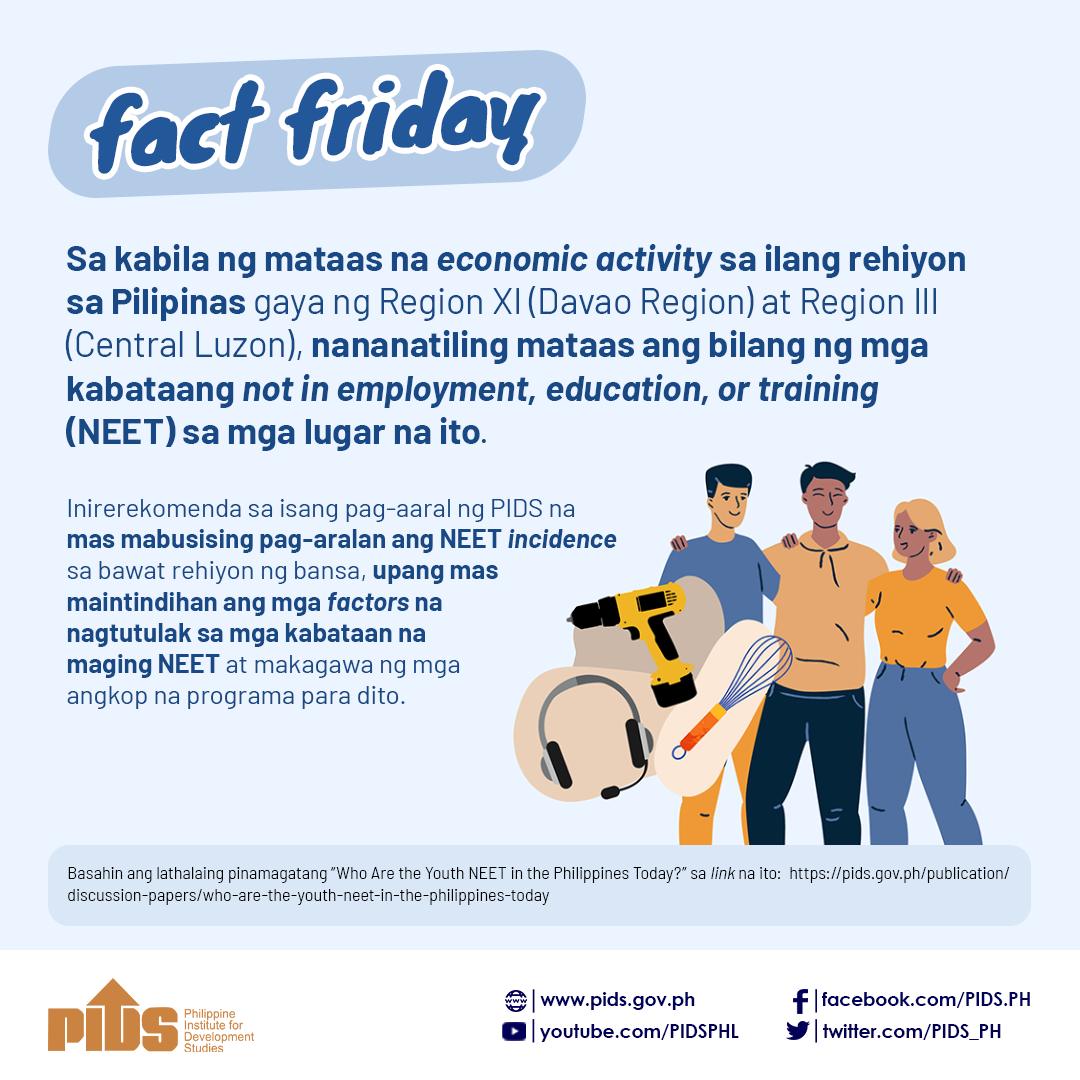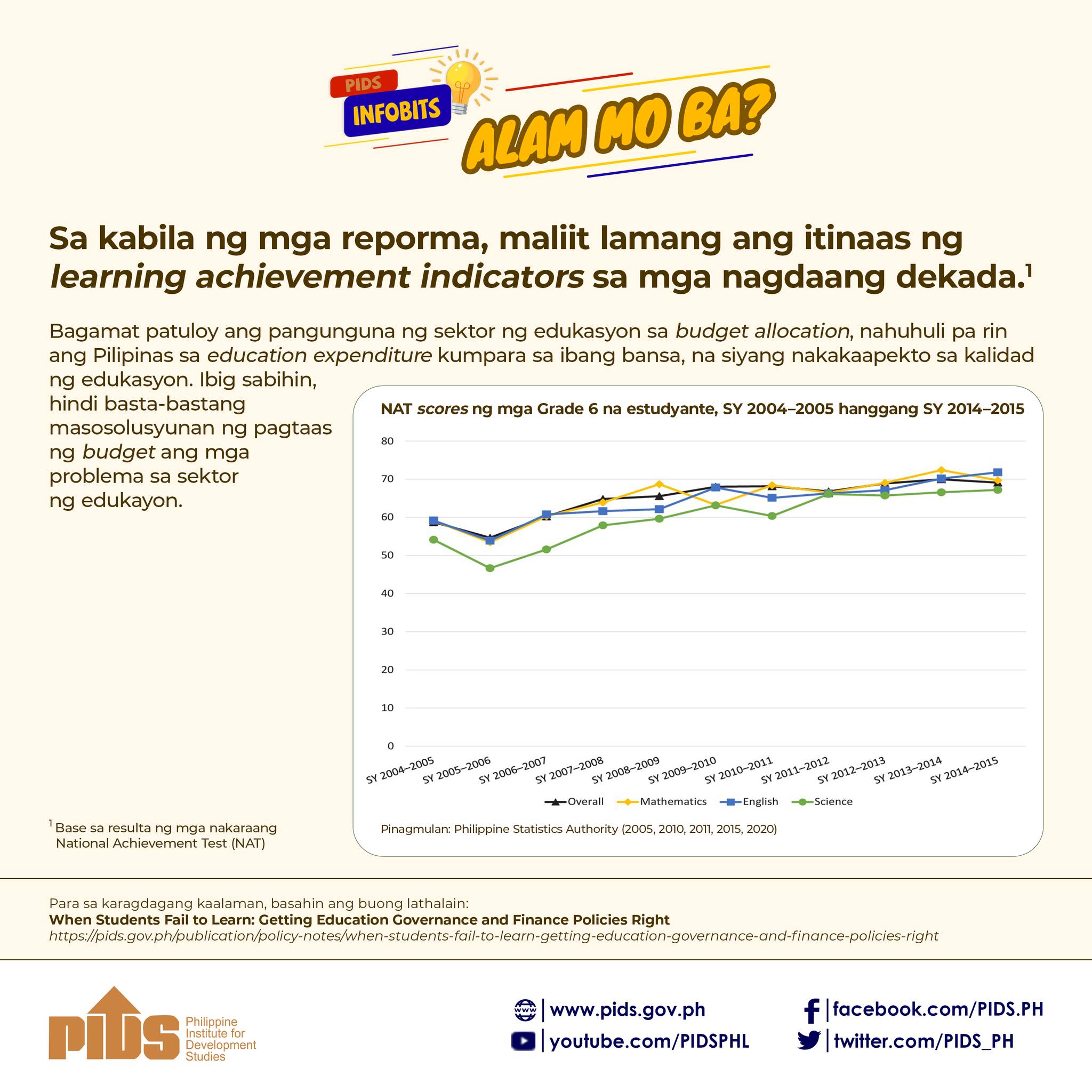Our economic managers have their priorities wrong.
In a meeting with President Rodrigo Duterte on April 23, Finance Secretary Carlos Dominguez III insisted that government – right smack in the middle of the COVID-19 crisis – ought to “reserve” funds for infrastructure projects under Build, Build, Build (BBB). He said government should focus on infrastructure projects saying it will “fuel our bounce back.”
Secretary Dominguez also said government has little room to recast the budget. This was echoed by Budget Secretary Wendel Avisado, who announced that of the P4.1 trillion budget for this year only P397 billion (less than 10%) could be deployed for COVID-19 initiatives. With P353 billion already released, this leaves us with a paltry P44 billion.
Prioritizing infrastructure spending is dangerously misplaced. Rather than spend on massive infrastructure projects, we need to urgently pour resources into our public health system and aggressively expand its capacity, especially with a COVID-19 vaccine many months away. (READ: [ANALYSIS] The pipe dream that is Build, Build, Build)
In short, what we need now is Test, Trace, Treat – not Build, Build, Build.
Test, Trace, Treat
To stay updated on news, advisories, and explainers, check out our special coverage page, “Novel Coronavirus Outbreak.”
Quarantine measures are taking a heavy toll on the Philippine economy, and there’s a lot of pressure to lift them as soon as possible, at least in some sectors.
Until a vaccine is found, however, reopening our economy will almost surely lead to new infections. Without mass testing, robust contact tracing, and stringent case isolation, a “second wave” of infections could run our hospitals to the ground.
Unfortunately, our public health system remains woefully unprepared for a possible resurgence of new cases.
One study by the Philippine Institute for Development Studies found that, in a best case scenario that successfully isolates at least 70% of infectious individuals, we’ll need the following resources to treat hospitalized COVID-19 patients: 182,000 hospital beds, 55,500 ICU beds, 30,000 ventilators, 88,000 doctors, 118,000 nurses, 11,000 medical specialists, and 4.4 million sets of personal protective equipment (PPE).
By contrast, the country only has about 61,500 hospital beds, less than 2,000 ICU beds, a little over 2,000 ventilators, and just 52,000 doctors.
We’re further saddled by the fact that 13% of our health frontliners have been infected – way higher than the 2-3% average in Asia-Pacific.
Even more unsettling, government still has no overarching roadmap to build our health system’s capacity and rapidly test, trace, and treat COVID-19 patients.
Government officials say they’ve spent P1.9 billion so far for test kits, P1.8 billion for PPE sets, P5.2 billion for the hiring of additional healthcare workers, and P8.3 billion for PhilHealth reimbursements released to hospitals. PCSO also donated P770 million for COVID-19 hospitals.
But these figures mean little if government has no proper targets that allow us to properly gauge their progress.
A dashboard compiled by a group of concerned citizens (including Luis) shows that government has set targets for testing capacity, the number of beds in mass quarantine facilities, PPE sets, and the hiring of additional healthcare workers (see dashboard below).
Note how far we are from the targets. Government's response has been too little, too slow. Worse, 5 weeks into the lockdown, no targets have been set at all for other aspects of Test, Trace, Treat, including bed capacity for critical patients, contacts traced, and ventilators.
Dashboards such as this can tell us if government is on the right track. Hopefully government comes up with a similar one and sets other much-needed targets. Otherwise, we will all be left groping in the dark.
War chest
Test, Trace, Treat requires massive resources. Secretary Dominguez said government has enough funds but limited budget authority to address the crisis.
This is not true.
To see why, let’s start with the basic fact that government has the authority to spend P4.1 trillion this year. It cannot spend beyond that. The reason is that Congress still hasn’t come up with a supplemental budget that could considerably expand government’s authority to spend beyond the budget.
Even without a supplemental budget, the Bayanihan to Heal as One Act authorized Duterte to move funds around in the 2019 and 2020 budgets.
Note, however, that Duterte can’t touch the budgets of Congress and the Judiciary, the constitutional commissions, the local government units, and funds set aside to pay our debts
If you take all that out, in the current P4.1 trillion budget alone Duterte has the authority to recast portions of the P2.8 trillion budget of the Executive branch and government corporations, of which he also cannot touch P1.2 trillion meant for government salaries.
All in all, Duterte is left with P1.6 trillion from which “appropriations savings” can be generated – if only his economic managers could quickly shift budget items around.
Such savings can come not just from “funds for later release” (a.k.a. unreleased appropriations) but also from funds for programs and projects which have not been contracted out yet (a.k.a. unobligated allotments).
So far, government has declared as savings P246 billion from both the 2019 and 2020 budgets.
But missing still is a breakdown between unreleased appropriations and unobligated allotments. Such a breakdown will give a full picture of how much funds can be realistically moved around.
Let go of Build, Build, Build
On April 22, Budget Secretary Wendel Avisado signed a circular revoking more than a third of programmed appropriations and 10% of allotments released to various agencies.
Essentially, he signed an austerity measure meant to generate appropriations savings from the existing budgets, but did not specify which major spending priorities government intends to abandon.
There are more savings that can be had if government abandons its dream of Build, Build, Build. It is a dream not worth chasing at this time. (READ: Drilon calls Build, Build, Build a 'dismal failure')
The potential savings are enormous. For this year, government earmarked P989 billion (or close to a trillion pesos) for Build, Build, Build. These funds are part and parcel of the P1.6 trillion Duterte effectively has control over.
A portion of Build, Build, Build funds was set aside for local infrastructure projects – such as multipurpose halls, flood control, and local roads and bridges. We can let go of these projects without much consequence. By giving them up for now, we can generate even more appropriations savings for the COVID-19 effort. (We’ll write more on this in a future piece.)
But since local infrastructure projects are patronage-driven, Secretary Avisado’s belt-tightening circular threatens some of the pet infrastructure projects of lawmakers. This is likely the source of the “brewing disagreement” between Secretary Avisado and House Speaker Alan Cayetano.
Although local infrastructure projects are ostensibly meant to boost local growth and development, we all know they’re prone to patronage and not as pro-poor as they’re touted to be.
Spend faster on the right priorities
Spending on grand infrastructure projects in the middle of a pandemic – if at all feasible – seems misguided and imprudent. It could also be profoundly reckless: resuming public works projects could spread the virus faster.
A far more sensible way to boost the economy is to pour resources into the health sector. Peso for peso, spending on masks, ventilators, and healthcare workers makes a lot more sense than building new roads, bridges, and airports.
Health spending in the time of COVID-19 hits two birds with a stone. It promotes both the public health objective and the economic objective.
Government can save both people’s lives and the economy. It just needs to spend faster and on the right priorities.
In a meeting with President Rodrigo Duterte on April 23, Finance Secretary Carlos Dominguez III insisted that government – right smack in the middle of the COVID-19 crisis – ought to “reserve” funds for infrastructure projects under Build, Build, Build (BBB). He said government should focus on infrastructure projects saying it will “fuel our bounce back.”
Secretary Dominguez also said government has little room to recast the budget. This was echoed by Budget Secretary Wendel Avisado, who announced that of the P4.1 trillion budget for this year only P397 billion (less than 10%) could be deployed for COVID-19 initiatives. With P353 billion already released, this leaves us with a paltry P44 billion.
Prioritizing infrastructure spending is dangerously misplaced. Rather than spend on massive infrastructure projects, we need to urgently pour resources into our public health system and aggressively expand its capacity, especially with a COVID-19 vaccine many months away. (READ: [ANALYSIS] The pipe dream that is Build, Build, Build)
In short, what we need now is Test, Trace, Treat – not Build, Build, Build.
Test, Trace, Treat
To stay updated on news, advisories, and explainers, check out our special coverage page, “Novel Coronavirus Outbreak.”
Quarantine measures are taking a heavy toll on the Philippine economy, and there’s a lot of pressure to lift them as soon as possible, at least in some sectors.
Until a vaccine is found, however, reopening our economy will almost surely lead to new infections. Without mass testing, robust contact tracing, and stringent case isolation, a “second wave” of infections could run our hospitals to the ground.
Unfortunately, our public health system remains woefully unprepared for a possible resurgence of new cases.
One study by the Philippine Institute for Development Studies found that, in a best case scenario that successfully isolates at least 70% of infectious individuals, we’ll need the following resources to treat hospitalized COVID-19 patients: 182,000 hospital beds, 55,500 ICU beds, 30,000 ventilators, 88,000 doctors, 118,000 nurses, 11,000 medical specialists, and 4.4 million sets of personal protective equipment (PPE).
By contrast, the country only has about 61,500 hospital beds, less than 2,000 ICU beds, a little over 2,000 ventilators, and just 52,000 doctors.
We’re further saddled by the fact that 13% of our health frontliners have been infected – way higher than the 2-3% average in Asia-Pacific.
Even more unsettling, government still has no overarching roadmap to build our health system’s capacity and rapidly test, trace, and treat COVID-19 patients.
Government officials say they’ve spent P1.9 billion so far for test kits, P1.8 billion for PPE sets, P5.2 billion for the hiring of additional healthcare workers, and P8.3 billion for PhilHealth reimbursements released to hospitals. PCSO also donated P770 million for COVID-19 hospitals.
But these figures mean little if government has no proper targets that allow us to properly gauge their progress.
A dashboard compiled by a group of concerned citizens (including Luis) shows that government has set targets for testing capacity, the number of beds in mass quarantine facilities, PPE sets, and the hiring of additional healthcare workers (see dashboard below).
Note how far we are from the targets. Government's response has been too little, too slow. Worse, 5 weeks into the lockdown, no targets have been set at all for other aspects of Test, Trace, Treat, including bed capacity for critical patients, contacts traced, and ventilators.
Dashboards such as this can tell us if government is on the right track. Hopefully government comes up with a similar one and sets other much-needed targets. Otherwise, we will all be left groping in the dark.
War chest
Test, Trace, Treat requires massive resources. Secretary Dominguez said government has enough funds but limited budget authority to address the crisis.
This is not true.
To see why, let’s start with the basic fact that government has the authority to spend P4.1 trillion this year. It cannot spend beyond that. The reason is that Congress still hasn’t come up with a supplemental budget that could considerably expand government’s authority to spend beyond the budget.
Even without a supplemental budget, the Bayanihan to Heal as One Act authorized Duterte to move funds around in the 2019 and 2020 budgets.
Note, however, that Duterte can’t touch the budgets of Congress and the Judiciary, the constitutional commissions, the local government units, and funds set aside to pay our debts
If you take all that out, in the current P4.1 trillion budget alone Duterte has the authority to recast portions of the P2.8 trillion budget of the Executive branch and government corporations, of which he also cannot touch P1.2 trillion meant for government salaries.
All in all, Duterte is left with P1.6 trillion from which “appropriations savings” can be generated – if only his economic managers could quickly shift budget items around.
Such savings can come not just from “funds for later release” (a.k.a. unreleased appropriations) but also from funds for programs and projects which have not been contracted out yet (a.k.a. unobligated allotments).
So far, government has declared as savings P246 billion from both the 2019 and 2020 budgets.
But missing still is a breakdown between unreleased appropriations and unobligated allotments. Such a breakdown will give a full picture of how much funds can be realistically moved around.
Let go of Build, Build, Build
On April 22, Budget Secretary Wendel Avisado signed a circular revoking more than a third of programmed appropriations and 10% of allotments released to various agencies.
Essentially, he signed an austerity measure meant to generate appropriations savings from the existing budgets, but did not specify which major spending priorities government intends to abandon.
There are more savings that can be had if government abandons its dream of Build, Build, Build. It is a dream not worth chasing at this time. (READ: Drilon calls Build, Build, Build a 'dismal failure')
The potential savings are enormous. For this year, government earmarked P989 billion (or close to a trillion pesos) for Build, Build, Build. These funds are part and parcel of the P1.6 trillion Duterte effectively has control over.
A portion of Build, Build, Build funds was set aside for local infrastructure projects – such as multipurpose halls, flood control, and local roads and bridges. We can let go of these projects without much consequence. By giving them up for now, we can generate even more appropriations savings for the COVID-19 effort. (We’ll write more on this in a future piece.)
But since local infrastructure projects are patronage-driven, Secretary Avisado’s belt-tightening circular threatens some of the pet infrastructure projects of lawmakers. This is likely the source of the “brewing disagreement” between Secretary Avisado and House Speaker Alan Cayetano.
Although local infrastructure projects are ostensibly meant to boost local growth and development, we all know they’re prone to patronage and not as pro-poor as they’re touted to be.
Spend faster on the right priorities
Spending on grand infrastructure projects in the middle of a pandemic – if at all feasible – seems misguided and imprudent. It could also be profoundly reckless: resuming public works projects could spread the virus faster.
A far more sensible way to boost the economy is to pour resources into the health sector. Peso for peso, spending on masks, ventilators, and healthcare workers makes a lot more sense than building new roads, bridges, and airports.
Health spending in the time of COVID-19 hits two birds with a stone. It promotes both the public health objective and the economic objective.
Government can save both people’s lives and the economy. It just needs to spend faster and on the right priorities.


